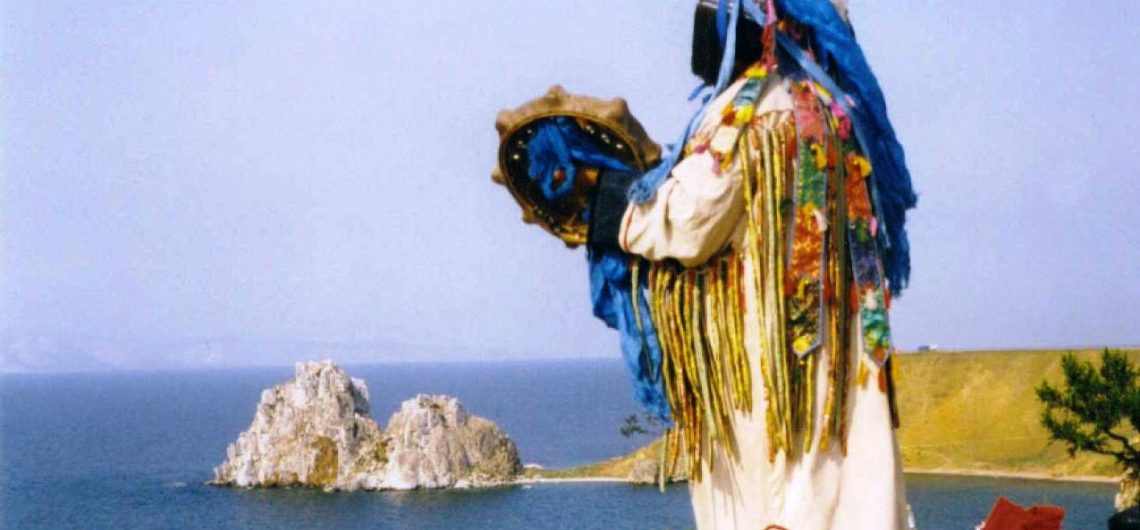Shamanism originates from the prehistoric times and probably evolved from the traditions based on the cult of nature. Some Mongolian ethnic groups – Darkhads, Buryats, Khotogoids, Uriankhai, Dukhans – still practise shamanism.
The shaman represents a clan or a tribe in the communication with the spirits of deceased persons and nature. He knows how to communicate with “the other world”: he must execute an expressive dance on the sound of drums and, sometimes helped by alcohol or smoked herb, then he goes into a trance. When he emerges from the trance, he passes the message of the spirits on to his community. Not only the shaman is a religious figure, but also a healer and a patron for arts, customs and the tribe. He’s the intermediary between earth and symbol world.
The shaman is not determined by a choice, whether it be individual or collective. It’s determined by a process called “spirit touch”, which could be understood like an indication coming from a former shaman. The candidate comes to fame by going into a trance. The trance state is generally accompanied with illness that can last some days or some years and that only another shaman can explain. If someone who suffered the shamans’ illness or knew the spirit touch doesn’t become a shaman, the belief is that this person will die.

Comments